Have you ever wondered what might be hiding in the water that comes from your well and how it could affect your family?
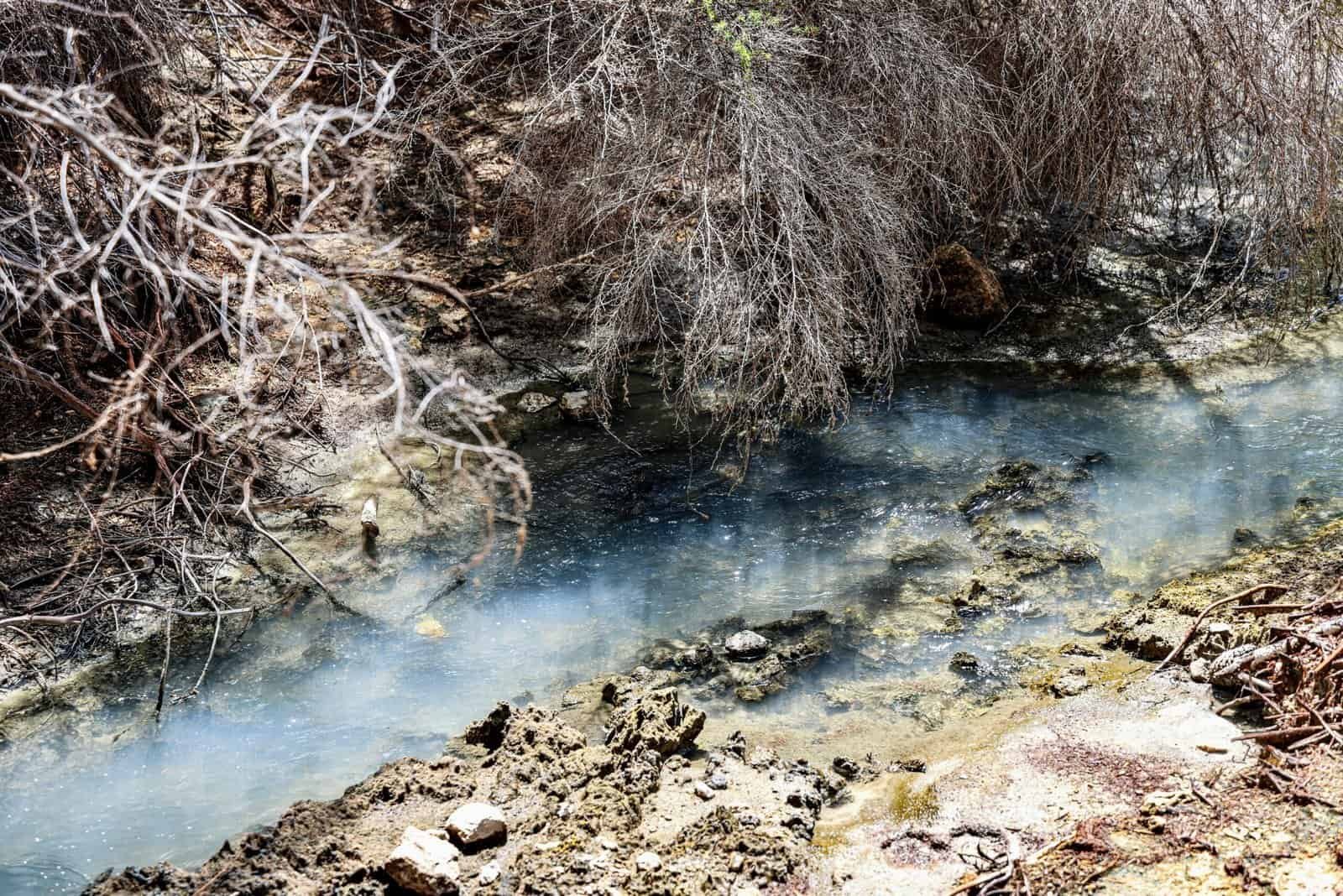
What Are The Most Common Contaminants In Residential Wells?
This article explains the most common contaminants found in residential wells, where they come from, what risks they pose, how to test for them, and what treatment and prevention options you can use. You’ll get practical guidance so you can protect your health and your home’s water supply.
Why you should care about well contamination
If your home uses a private well, federal drinking water regulations don’t apply the same way they do for public water systems. That means the responsibility for testing, treatment, and maintenance is largely yours. Knowing the typical contaminants and their effects helps you take timely action to keep your water safe and reliable.
How wells become contaminated
Contamination can occur from natural sources, human activities, or problems with the well itself. Natural geology can release metals and radionuclides into groundwater, while agricultural runoff, septic systems, and industrial spills introduce chemicals and bacteria. Poorly constructed or maintained wells allow surface pollutants to enter more easily. Understanding the pathways helps you reduce risks through good siting, construction, and maintenance.
Common contamination pathways
Water moves downward from the surface into the aquifer. If you place a well near a septic drain field, livestock area, agricultural field, or chemical storage, pollutants can travel into the groundwater. Seasonal events like heavy rain, flooding, or snowmelt can increase the movement of contaminants. You should consider land use around your well and perform testing after suspected contamination events.
Categories of common well contaminants
Contaminants fall into several broad categories: biological, inorganic (including metals and nitrates), organic (volatile and semi-volatile), radioactive, and physical (turbidity, hardness). Each category requires different testing and treatment approaches.
Biological contaminants (bacteria, viruses, protozoa)
Bacteria such as total coliforms and E. coli are the most commonly detected biological contaminants. They usually indicate surface contamination or problems with the well cap or casing. Viruses and protozoa (e.g., Giardia, Cryptosporidium) are less commonly tested for but can cause serious illness. You should test for bacteria at least annually and after any well repair or flood.
Inorganic contaminants (nitrates, metals, fluoride)
Nitrates come mainly from fertilizer, septic systems, and manure. High nitrate levels are especially dangerous for infants (causing methemoglobinemia). Metals such as arsenic, lead, iron, manganese, and copper can be naturally occurring or introduced by corrosion and industrial activity. Arsenic and lead are serious and often require specific treatment systems. You should test for these every 1–3 years, depending on local risk.
Volatile organic compounds (VOCs) and synthetic organic chemicals (SOCs)
VOCs such as benzene, toluene, xylene, and MTBE typically come from gasoline, solvents, and industrial spills. Pesticides and herbicides (SOCs) frequently originate from agricultural activity. These chemicals can be toxic and sometimes carcinogenic, and they usually require specialized testing and treatment like carbon filtration or advanced oxidation.
Radioactive contaminants (radon, uranium)
Radon can dissolve into well water from rock and soil containing uranium. Uranium itself can be present in groundwater due to geology. Long-term exposure to radioactive contaminants increases cancer risk and can cause other health effects. Treatment often involves aeration or ion exchange.
Physical parameters (hardness, turbidity, hydrogen sulfide)
Hardness (calcium and magnesium), turbidity (suspended particles), and hydrogen sulfide (rotten egg smell) aren’t typically regulated for health reasons but affect taste, smell, plumbing, appliances, and can encourage bacterial growth. Softening, filtration, and oxidation can address these problems.
Table: Quick reference — contaminant, common source, health concern, typical treatment
| Contaminant | Common sources | Health concerns | Typical treatment options |
|---|---|---|---|
| Total coliforms / E. coli | Surface runoff, failing well cap, septic leakage | Gastrointestinal illness, infections | Shock chlorination, UV disinfection, well repair |
| Nitrate / Nitrite | Fertilizer, septic systems, manure | Infant methemoglobinemia, pregnancy risks | Ion exchange, reverse osmosis, distillation, blending |
| Arsenic | Natural geology, industrial sources | Cancer, skin lesions, cardiovascular | Adsorptive media (ferric oxide), reverse osmosis, ion exchange |
| Lead | Corroded plumbing, solder, fittings | Neurological harm (children), cardiovascular | Replace plumbing, corrosion control, RO |
| Iron / Manganese | Natural deposits | Staining, taste, clogging | Oxidation + filtration, greensand, water softener (not always) |
| Fluoride | Natural geology, added in public systems | Dental fluorosis (young children), skeletal issues | Reverse osmosis, activated alumina, distillation |
| VOCs (benzene, MTBE) | Gasoline leaks, industrial spills | Cancer, organ toxicity | Granular activated carbon (GAC), air stripping, RO |
| Radon | Natural rock/soil | Lung cancer (inhalation risk high), ingestion concerns | Aeration (best), GAC (limited) |
| Uranium | Natural geology | Kidney damage, cancer risk | Ion exchange, reverse osmosis |
| Hydrogen sulfide | Organic decay, sulfur bacteria | Rotten egg smell, corrosion | Aeration, activated carbon, chlorination |
| Turbidity | Sediment intrusion | Indirect health risk (harbors microbes) | Sediment filtration, well repair |
| Hardness (Ca/Mg) | Natural mineral content | Scale, reduced appliance life | Ion exchange softeners, chelation, conditioning |
Each contaminant requires testing with appropriate analytical methods and treatment tailored to your well’s chemistry and flow.
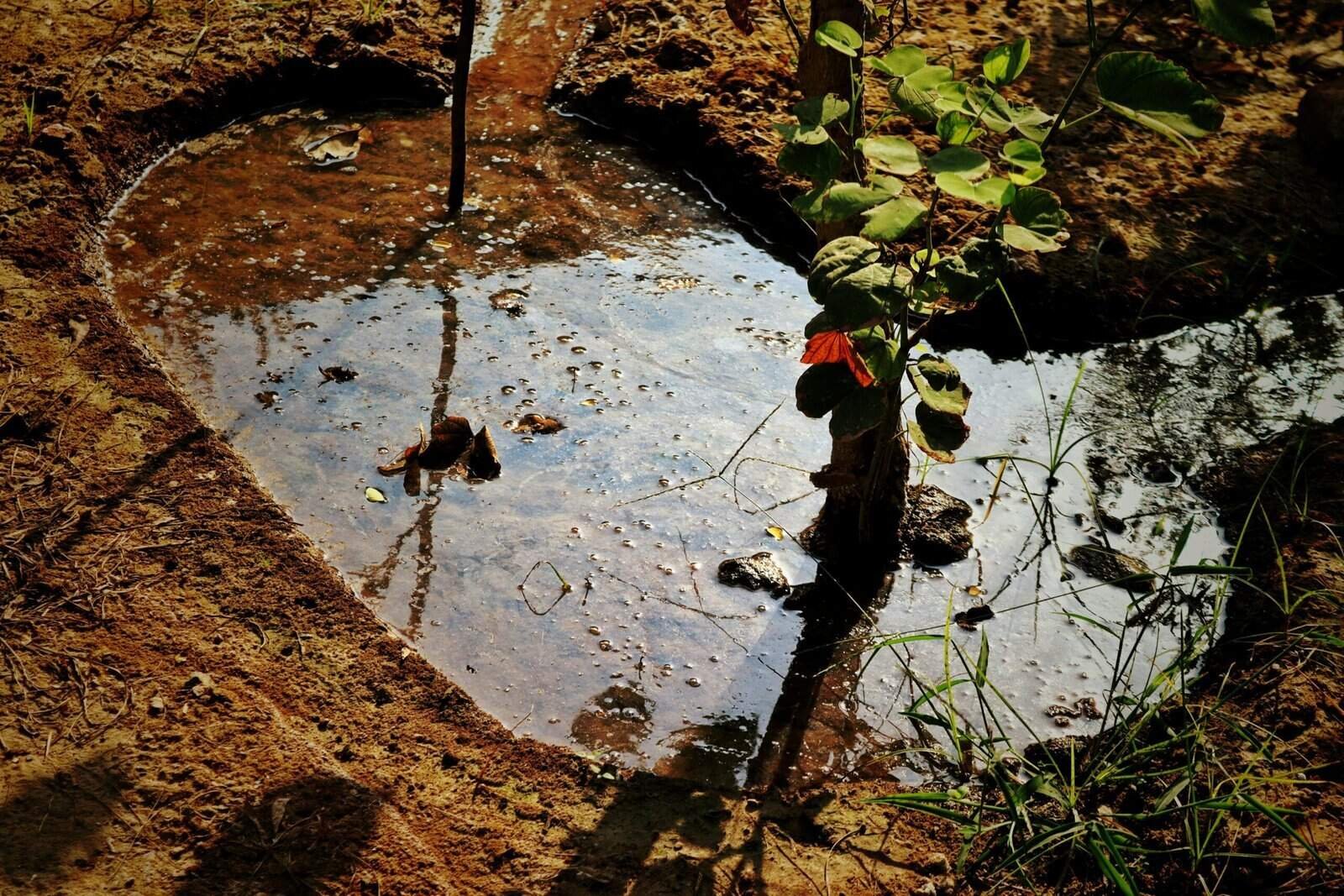
How to know if your well is contaminated
Sometimes contamination is obvious — discolored water, bad taste, rotten egg smell, or illness in people or pets. Often, you may see no signs at all. Regular testing is the only reliable way to know the quality of your well water.
Visual and sensory clues
Rusty or brown water often indicates iron; blue-green staining can point to copper; black staining may indicate manganese. Cloudy water suggests turbidity from particles. A distinct rotten egg smell signals hydrogen sulfide. Taste issues could be due to high TDS (total dissolved solids) or certain chemicals.
Health-related clues
If multiple people in your household experience stomach cramps, diarrhea, vomiting, or recurring unexplained illnesses, the water might be the source. Infants and immunocompromised people are particularly vulnerable to bacterial contamination.
Testing your well water: what, when, and how
Testing is central to maintaining safe water. You’ll need a reliable laboratory and correct sampling methods. Results guide treatment choices.
Basic testing checklist
You should test for at least:
- Bacteria (total coliforms and E. coli) — annually and after well repairs or flooding.
- Nitrate/nitrite — annually if near agriculture or septic systems; otherwise every 1–3 years.
- Total dissolved solids (TDS) and pH — every 1–3 years.
- Metals (arsenic, lead, iron, manganese) — every 1–3 years depending on geology and plumbing.
- VOCs and pesticides — test if near suspected sources (gas stations, farms).
- Radon/uranium — test once if your area’s geology indicates risk or if you have older well that taps fractured rock.
How to collect a sample correctly
You must follow lab instructions strictly. Typically:
- Use the sterile bottle provided by the lab.
- Run the water briefly, then collect midstream (after removing any aerators) from an interior tap if required.
- For bacteria samples, avoid disinfecting the tap with bleach; keep the sample cold and deliver quickly to the lab.
- For volatile organics, avoid letting the sample sit or agitate it — labs provide special capped vials. Your state or local health department can help with approved labs and sampling protocols.
Interpreting results and standards
Public water supplies abide by EPA Maximum Contaminant Levels (MCLs). Private wells aren’t regulated federally, but EPA MCLs and state guidelines are useful benchmarks. If results exceed these levels, take action. Even values below MCLs may be concerning for sensitive individuals or if there’s a trend of increasing concentration.
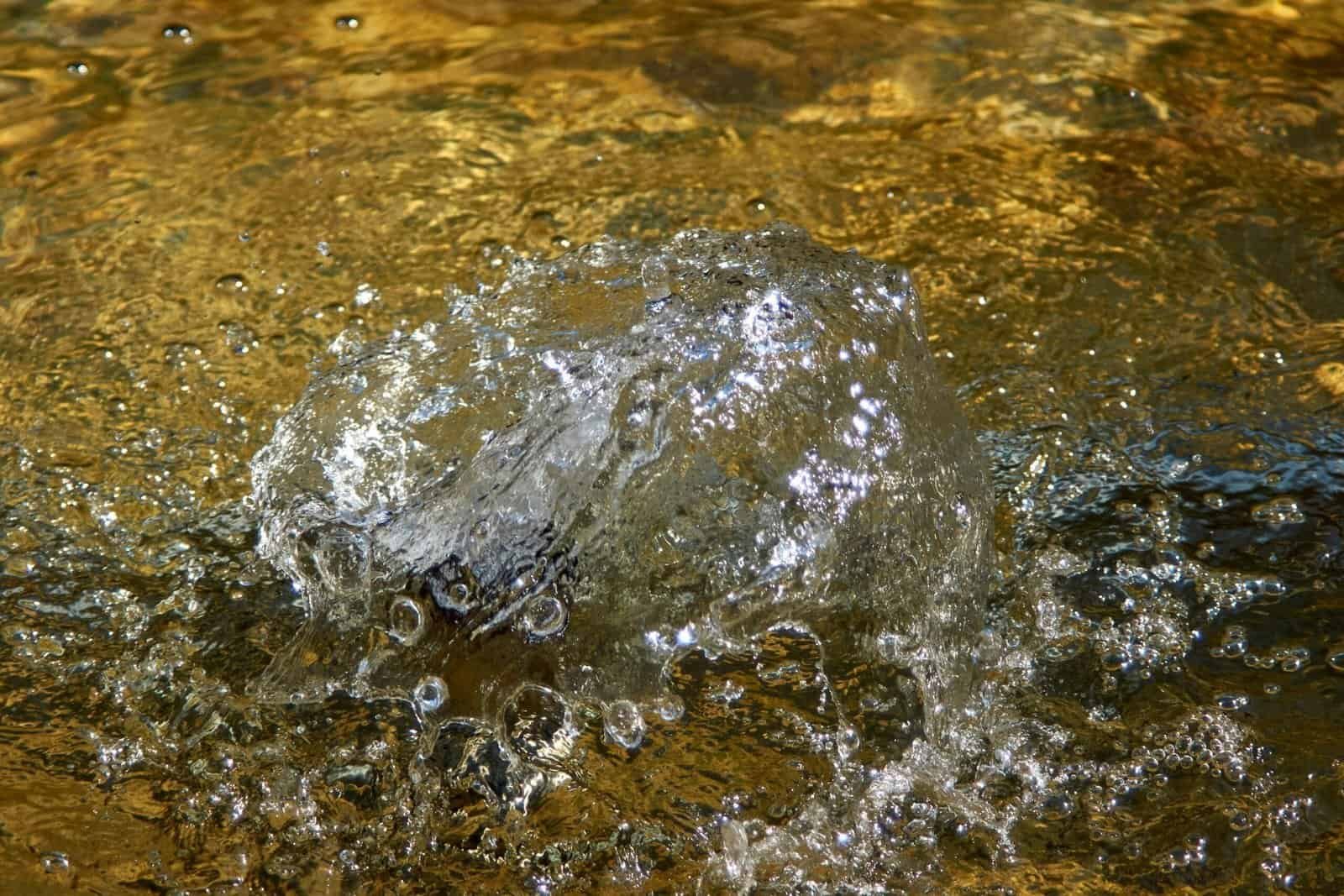
Treatment options — overview and when to use them
Choosing treatment depends on the contaminant, concentration, water chemistry, flow rate, and budget. You can treat point-of-use (kitchen tap) or whole-house (point-of-entry) depending on needs.
Shock chlorination and ongoing disinfection
If bacteria are present, you can perform shock chlorination of the well and the plumbing. This is often a first response, but persistent bacterial contamination usually indicates a breach in well integrity or ongoing surface influence. For continuous disinfection, chlorination systems or UV disinfection can be used: UV treats biological contaminants effectively but does not provide residual disinfectant.
- When to use: positive bacteria tests.
- Limitations: UV doesn’t remove chemicals, and chlorine can be ineffective against some protozoa unless contact times are long.
Filtration and adsorption
Activated carbon filters (GAC) are excellent for many organic chemicals, pesticides, and improving taste and odor. Specialty adsorptive media target arsenic (ferric oxide media) and fluoride (activated alumina).
- When to use: VOCs, pesticides, taste/odor issues, arsenic (with correct media).
- Limitations: Media exhausted over time and requires replacement; GAC may not remove nitrates or hardness.
Reverse osmosis (RO)
RO systems can remove many dissolved contaminants including nitrates, fluoride, arsenic, lead, and many VOCs. Typically installed at point-of-use for drinking water.
- When to use: high nitrates, arsenic, fluoride, lead in drinking water.
- Limitations: Wastewater production, slower flow, maintenance, may require water softening pre-treatment if hard water.
Ion exchange
Ion exchange is commonly used for nitrate removal (as anion exchange), hardness (cation exchange softeners), and some radioactive elements. It can be effective but may require brine regeneration and produce waste brine.
- When to use: nitrates, hardness (softening), some radionuclides.
- Limitations: Not suitable for high TDS without regeneration logistics; may introduce sodium.
Aeration and air stripping
Aeration (spraying or bubbling air through water) effectively removes radon and volatile organics. Air stripping towers are larger systems for significant VOC contamination.
- When to use: radon in water, VOCs like MTBE.
- Limitations: If GAC is used after aeration, it can polish residuals; air emissions need to be considered.
Distillation
Distillation removes many contaminants by boiling and condensing water. It’s effective but energy-intensive and usually used for point-of-use.
- When to use: a broad spectrum of contaminants including some metals and salts.
- Limitations: Slow, energy-heavy, needs maintenance.
Specialized media and catalytic systems
Greensand or manganese dioxide filters handle iron and manganese by oxidation and filtration. Media for arsenic, such as ferric oxide-coated sand, specifically adsorb arsenic.
- When to use: iron/manganese, arsenic.
- Limitations: Requires regeneration or media replacement.
Table: Treatment methods, contaminants treated, and pros/cons
| Treatment | Effective for | Pros | Cons |
|---|---|---|---|
| Shock chlorination | Bacteria | Low cost, quick | Temporary if structural issues remain |
| UV disinfection | Bacteria, viruses (limited to viruses if properly sized) | No chemicals, effective | No residual protection, pre-filtration may be needed |
| Activated carbon (GAC) | VOCs, taste/odor, some pesticides | Improves taste, cost-effective | Not for nitrates, arsenic; requires replacement |
| Reverse osmosis | Nitrates, arsenic, fluoride, lead | High removal rates | Wastewater, point-of-use, maintenance |
| Ion exchange | Nitrates, hardness, uranium | Effective for specific ions | Regeneration, brine disposal |
| Aeration/air stripping | Radon, VOCs | Highly effective for volatiles | Air emissions, equipment footprint |
| Distillation | Wide range | High purity | Energy intensive, slow |
| Greensand/oxidation filters | Iron, manganese | Removes staining minerals | Backwashing, chemical regeneration maybe required |
Prevention and wellhead protection
Prevention is often more cost-effective than treatment. Proper siting, construction, and maintenance reduce contamination risk.
Proper well placement and construction
When constructing a new well or replacing one, avoid situating it near septic systems, livestock areas, agricultural fields, fuel tanks, or chemical storage. Ensure the well has a sanitary seal, proper casing, and a secure cap. Wells should extend into protective aquifers where possible and be grouted to prevent surface water intrusion.
Regular maintenance and inspection
You should inspect the wellhead for cracks, missing caps, loose fittings, and proper drainage. Pump service, electrical checks, and periodic cleaning help maintain integrity. After storms, flooding, or nearby land disturbances, test for bacteria and other contaminants.
Manage land use around your well
Keep chemicals, fuels, pesticides, and fertilizer away from the well. Maintain a buffer zone (100–200 feet where possible). Make sure septic systems are properly maintained and located downhill and away from the well.
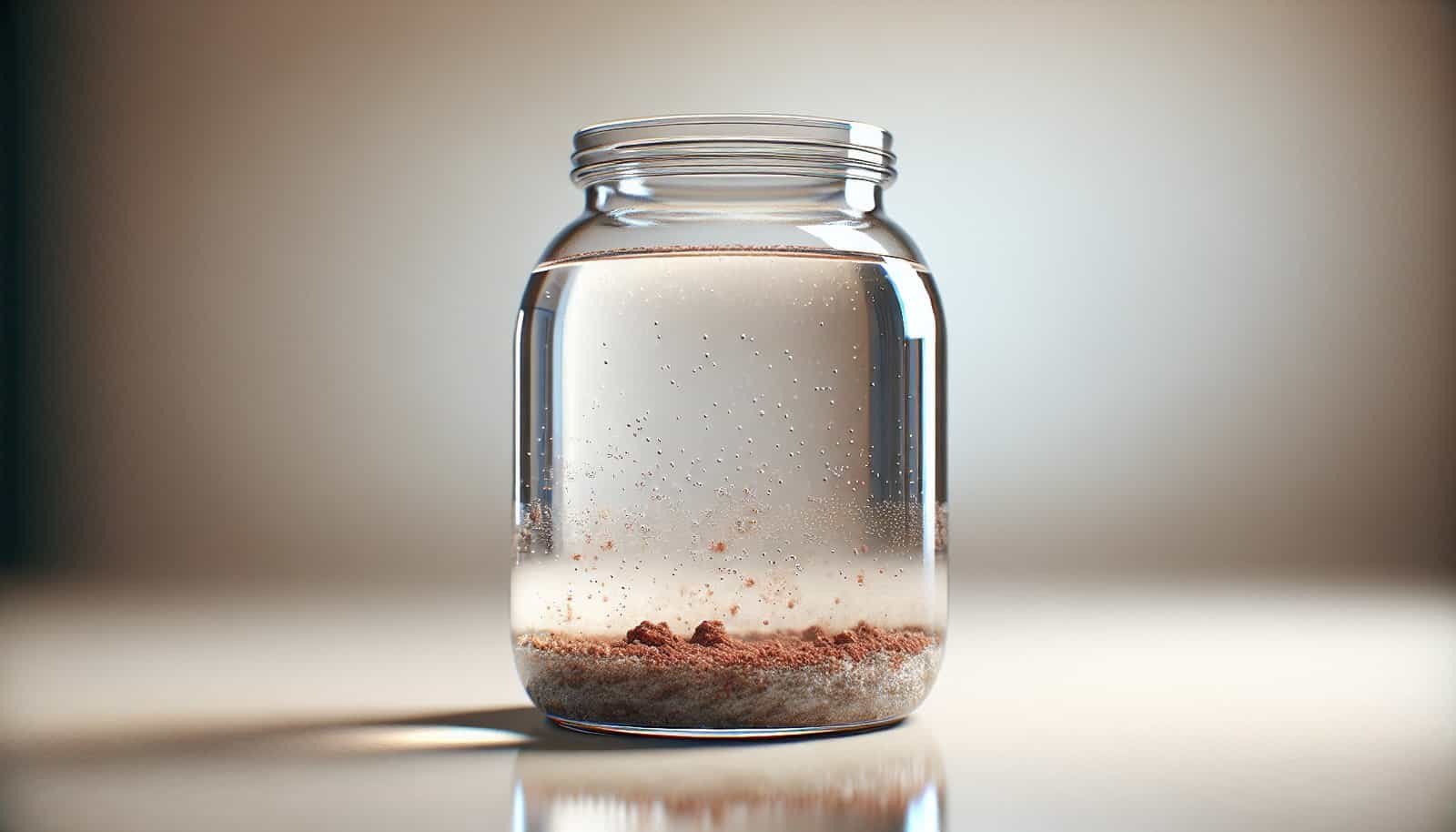
What to do if your well water is contaminated
If a test shows contamination above recommended levels, act promptly and follow a systematic approach.
Immediate steps
- Stop using the water for drinking, cooking, or brushing teeth if contamination poses acute risk (bacteria, high nitrates, VOCs).
- Use bottled water or an alternative safe source for drinking and food preparation.
- Boiling water will kill bacteria but will concentrate nitrates and won’t remove chemical contaminants; do not rely on boiling for chemical issues.
- Notify household members and ensure children and vulnerable individuals avoid using the water.
Confirmatory testing and professional help
Get a follow-up sample and use a certified laboratory to confirm the result. Contact your local health department for guidance. Hire a licensed well contractor or water treatment professional to inspect the well, identify contamination sources, and recommend treatment or repairs.
Long-term actions
- Repair or replace defective well components.
- Install appropriate treatment (point-of-use or whole-house) based on confirmed contaminants.
- Retest after remediation to confirm effectiveness.
- Implement preventive measures to avoid recurrence.
Costs: testing, treatment, and maintenance
Costs vary widely by region, contaminant, and system size. Typical ranges:
- Basic bacterial test: $25–$50.
- Expanded panel (nitrate, metals, VOCs): $100–$400.
- Specialized tests (radon, pesticides): $150–$400 each.
- Shock chlorination: $50–$300 (DIY or contractor).
- Point-of-use RO: $400–$2,500 installed.
- UV disinfection systems: $400–$1,500.
- Whole-house chlorination/activated carbon systems: $1,500–$6,000.
- Ion exchange systems (nitrate, water softeners): $800–$4,000.
- Aeration systems for radon/VOCs: $3,000–$10,000+ depending on size.
Factor in ongoing costs: media replacement, salt for softeners, electricity, lab testing, and professional maintenance.
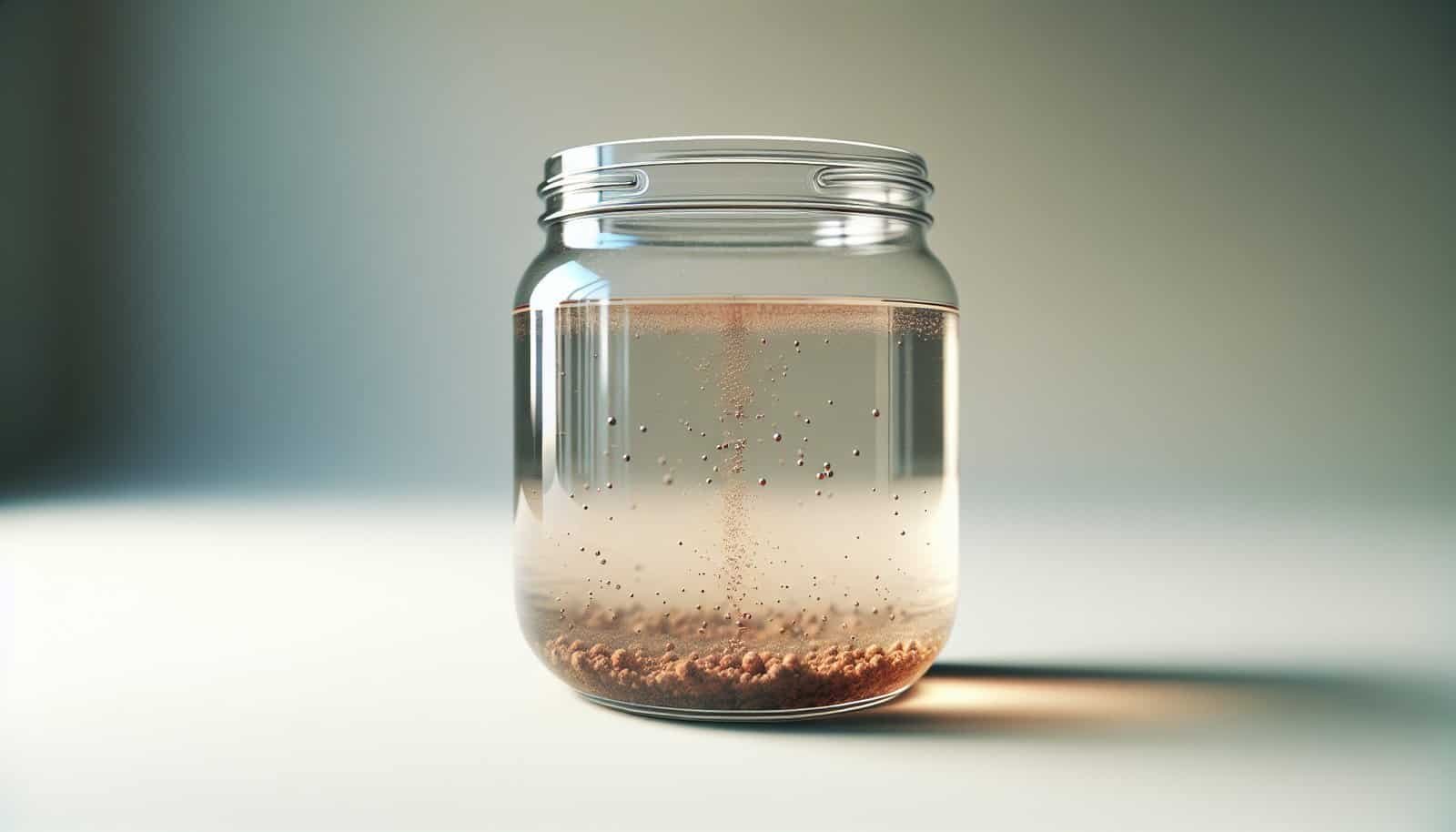
Frequently asked questions
How often should you test your well?
At minimum, test for bacteria and nitrates annually. Test for metals every 1–3 years and after changes in taste, smell, or color. Test for VOCs, pesticides, and radionuclides if you suspect local sources or if regional geology suggests risk.
Is bottled water safer than untreated well water?
Bottled water can be a short-term substitute but isn’t a long-term solution if your well is contaminated. Bottled water quality varies and may not protect against specific contaminants. Treating the well or installing certified treatment is the more sustainable approach.
Can boiling water remove chemical contaminants?
No. Boiling removes pathogens but concentrates many dissolved chemicals and nitrates. Boiling is only recommended for biological contamination when chemical contamination is not present.
Who regulates private wells?
Private wells aren’t covered by EPA’s Safe Drinking Water Act. States set their own rules for well construction and may offer testing resources and recommendations. You’re responsible for testing and treating your private well.
Regional concerns and geology
Contaminant prevalence depends on where you live. In agricultural areas, nitrates and pesticides are often the main concerns. In regions with certain bedrock, you might see arsenic, radon, or uranium. Coastal areas may face saltwater intrusion. Knowing your local geology and land use helps you target testing and prevention.
What your neighbors’ wells can tell you
If multiple wells in your area show the same contaminant, the source is likely regional (geology or large-scale land use). If only your well is affected, the problem may be localized to your property or well construction.
Working with professionals
When contamination is detected or you plan major remediation, work with certified water treatment professionals and licensed well drillers. Ask for references, verify certifications, and get multiple quotes. Your local health department can often recommend labs and contractors experienced with local conditions.
Questions to ask a professional
- Are you licensed and insured?
- Can you provide references from local jobs?
- What testing will you use to diagnose the problem?
- What treatment options do you recommend and why?
- What are the maintenance requirements and costs?
- Do you offer a performance guarantee or warranty?
Summary and action checklist
Contaminants in residential wells come from many sources — natural geology, agriculture, septic systems, and industry. Regular testing, good well construction, and appropriate treatment are the keys to safe water.
Action checklist you can use now:
- Test your well annually for bacteria and nitrates.
- Test for metals and other site-specific contaminants every 1–3 years.
- Inspect wellhead and drainage regularly; repair cracks and weak seals.
- Keep potential contaminants (pesticides, fuels, septic systems) well away from the well.
- Use appropriate treatment systems based on confirmed test results.
- Stay in contact with local health authorities and certified professionals.
If tests show contamination, stop using the water for drinking and follow the immediate and long-term steps listed earlier. Taking proactive measures now will help protect your health and investment in your home.
If you’d like, you can tell me your region and any observed water issues (taste, smell, color), and I’ll help you prioritize tests and possible next steps for your well.
